Home>Furniture & Design>Living Room Furniture>What Is The Standard Height Of A Dining Room Table
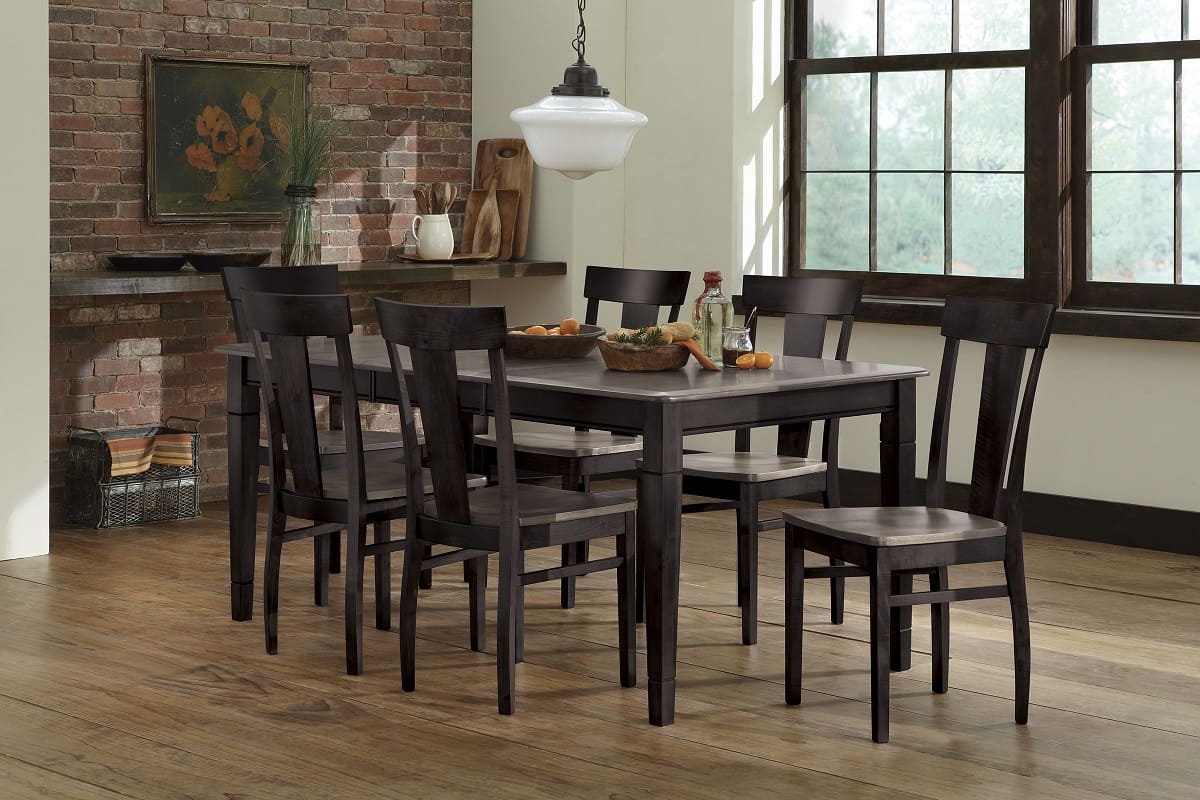

Living Room Furniture
What Is The Standard Height Of A Dining Room Table
Published: January 5, 2024
Discover the ideal standard height for dining room tables and elevate your living room furniture with expert tips and design insights. Explore the perfect balance of comfort and style.
(Many of the links in this article redirect to a specific reviewed product. Your purchase of these products through affiliate links helps to generate commission for Storables.com, at no extra cost. Learn more)
Introduction
When it comes to setting the stage for memorable meals and cherished conversations, the dining room table takes center stage. The right table not only anchors the room but also sets the tone for the dining experience. One crucial aspect that often gets overlooked is the table’s height. The standard height of a dining room table plays a pivotal role in ensuring comfort and functionality during meals. Whether you’re shopping for a new table or simply seeking to understand the dynamics of dining room design, knowing the standard height and how to choose the right one for your space is essential.
In this comprehensive guide, we’ll delve into the factors to consider when determining dining room table height, explore the standard measurements, and provide practical tips for choosing the perfect height for your dining room table. By the end of this journey, you’ll be equipped with the knowledge to transform your dining area into a harmonious and inviting space for gatherings and everyday use.
Key Takeaways:
- The standard height of a dining room table is typically between 28 and 30 inches, ensuring comfortable seating and ample legroom for most adults. Consider factors like chair height and room proportions when choosing the right table height.
- When choosing a dining room table, consider the preferences of the individuals who will use it most frequently, the style of the table, and the primary use of the table. Test different table heights for comfort and explore adjustable options for added versatility.
Factors to Consider When Determining Dining Room Table Height
Choosing the right dining room table height involves considering various factors to ensure both comfort and functionality. Understanding these factors will help you make an informed decision that complements your dining space and accommodates your lifestyle. Here are the key considerations:
- Chair Height: The height of your dining chairs significantly influences the ideal table height. For comfortable dining, there should be adequate space between the seat of the chair and the tabletop. Standard dining chairs have a seat height of around 18 inches, so the table height should allow for approximately 12 inches of space between the seat and the tabletop.
- User Preferences: Consider the preferences of the individuals who will use the table most frequently. Some people may prefer a higher or lower table, depending on their height and comfort preferences.
- Table Style: The style of the table also plays a role in determining the ideal height. Traditional, formal dining tables tend to be taller, while more modern and casual styles may have lower profiles.
- Tabletop Thickness: The thickness of the tabletop affects the overall height of the table. Thicker tabletops will increase the overall height, so it’s essential to consider this when selecting a table.
- Table Functionality: The table’s primary use should also be taken into account. If the table will be used for various purposes, such as crafting or homework in addition to dining, a lower or adjustable height may be more practical.
- Room Proportions: The dimensions of the dining room itself should not be overlooked. Taller tables may overpower smaller rooms, while lower tables in large spaces might seem disproportionate.
By carefully considering these factors, you can determine the optimal height for your dining room table, ensuring that it suits your needs and enhances the overall dining experience.
Standard Height of a Dining Room Table
Understanding the standard height of a dining room table is essential for creating a comfortable and visually appealing dining space. While there is some variation in table heights based on design and personal preference, there are generally accepted standard measurements that can serve as a useful guide. The standard height for a dining room table is typically between 28 and 30 inches (71-76 cm) from the floor to the tabletop. This range allows for comfortable seating and ample legroom for most adults.
It’s important to note that counter-height and bar-height tables are also popular options for dining spaces, especially in open-plan homes or kitchens with an integrated dining area. Counter-height tables typically range from 34 to 36 inches (86-91 cm) tall, while bar-height tables are even taller, ranging from 40 to 42 inches (102-107 cm). These elevated options are designed to create a more casual and communal dining experience, often paired with stools or counter-height chairs.
When selecting a dining room table, it’s crucial to consider the standard height as a baseline and then factor in the specific needs and dynamics of your household. For instance, families with young children may find a standard-height table more practical, as it accommodates a wide range of activities beyond dining. On the other hand, a bar-height table may be ideal for entertaining and casual gatherings.
Another consideration is the use of table extensions for larger gatherings. When choosing a table with extension capabilities, ensure that the extended height remains comfortable for seating and dining. This may require investing in additional chairs or stools that complement the extended height while maintaining comfort and functionality.
Understanding the standard height of a dining room table provides a valuable starting point for selecting the right piece for your space. By considering the standard measurements in conjunction with your specific needs and preferences, you can create a dining area that harmoniously blends style, comfort, and practicality.
The standard height for a dining room table is around 30 inches. When choosing a table, make sure to consider the height of the chairs or stools you plan to use to ensure comfortable seating.
How to Choose the Right Height for Your Dining Room Table
Choosing the right height for your dining room table is a crucial decision that significantly impacts the functionality and aesthetic appeal of your dining space. To ensure that your table height aligns with your needs and preferences, consider the following guidelines:
- Measure the Space: Begin by measuring the available space in your dining area. Consider the dimensions of the room, the distance from the table to the walls, and the space needed for chairs when they are in use. This will help you determine the appropriate size and height for your table.
- Consider Your Chairs: If you already have dining chairs or plan to purchase specific chairs for your table, take their seat height into account. As a general rule, there should be approximately 12 inches between the seat of the chair and the tabletop for comfortable dining. Ensure that the table height complements the chairs and allows for easy movement and comfortable seating.
- Understand Your Preferences: Consider the preferences and needs of your household members. If you have family members or frequent guests with specific height requirements or mobility considerations, factor these into your decision. Additionally, think about the primary activities that will take place at the table, such as dining, crafting, or working, and choose a height that accommodates these activities comfortably.
- Style and Aesthetic: The style and aesthetic of your dining space should also influence your decision. Traditional, formal dining rooms often feature taller tables, while modern and casual spaces may favor lower profiles. Consider the overall design theme and ambiance you want to achieve, ensuring that the table height complements the room’s visual appeal.
- Test for Comfort: If possible, test different table heights to gauge comfort and functionality. Sit at tables of varying heights to assess how they feel in relation to your chairs and the overall dining experience. This hands-on approach can provide valuable insights into the most suitable height for your specific needs.
- Explore Adjustable Options: For added versatility, consider tables with adjustable height capabilities. These tables allow you to adapt the height based on different activities or preferences, offering flexibility for various uses and users.
By carefully considering these factors and guidelines, you can confidently choose the right height for your dining room table, creating a welcoming and functional centerpiece for your dining area. Remember that the perfect table height seamlessly merges style, comfort, and practicality, enhancing the enjoyment of meals and gatherings for years to come.
Conclusion
As the heart of the dining room, the table’s height plays a significant role in shaping the overall dining experience. By understanding the standard height of a dining room table and considering various factors, you can make an informed decision that enhances both comfort and aesthetics in your dining space.
When determining the ideal table height, it’s essential to consider factors such as chair height, user preferences, table style, and room proportions. These considerations ensure that the table height aligns with the needs and dynamics of your household, creating a comfortable and inviting dining area.
While the standard height for a dining room table typically falls between 28 and 30 inches, it’s important to remember that counter-height and bar-height options offer alternative dining experiences. Depending on your household’s specific needs and the intended use of the table, you may find that these elevated options better suit your lifestyle and space.
Choosing the right height for your dining room table involves measuring the space, considering your chairs, understanding your preferences, and aligning the table height with your desired style and aesthetic. By taking these factors into account and exploring adjustable options, you can select a table height that harmonizes with your dining area while accommodating various activities and users.
Ultimately, the perfect table height effortlessly blends functionality and style, creating a welcoming and versatile centerpiece for meals, gatherings, and everyday use. With the knowledge and insights gained from this guide, you’re well-equipped to make a confident and informed decision, ensuring that your dining room table becomes a cherished focal point in your home for years to come.
Frequently Asked Questions about What Is The Standard Height Of A Dining Room Table
Was this page helpful?
At Storables.com, we guarantee accurate and reliable information. Our content, validated by Expert Board Contributors, is crafted following stringent Editorial Policies. We're committed to providing you with well-researched, expert-backed insights for all your informational needs.
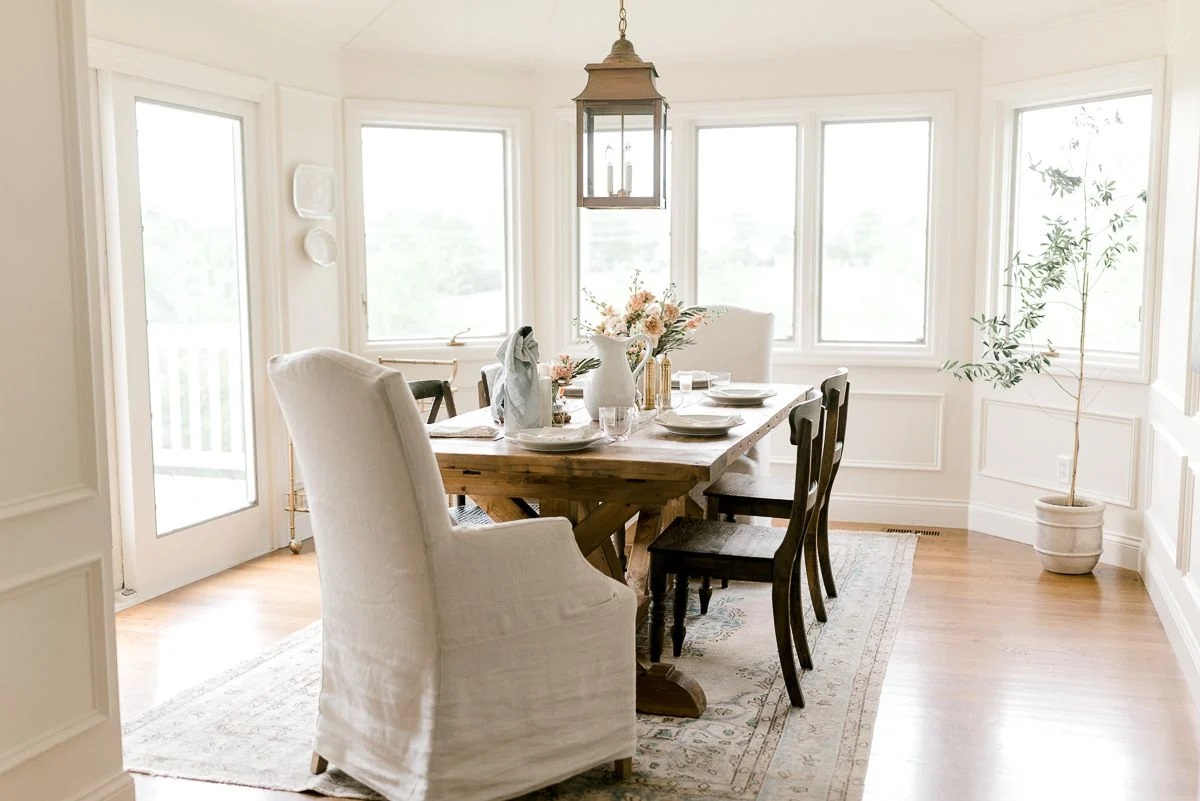

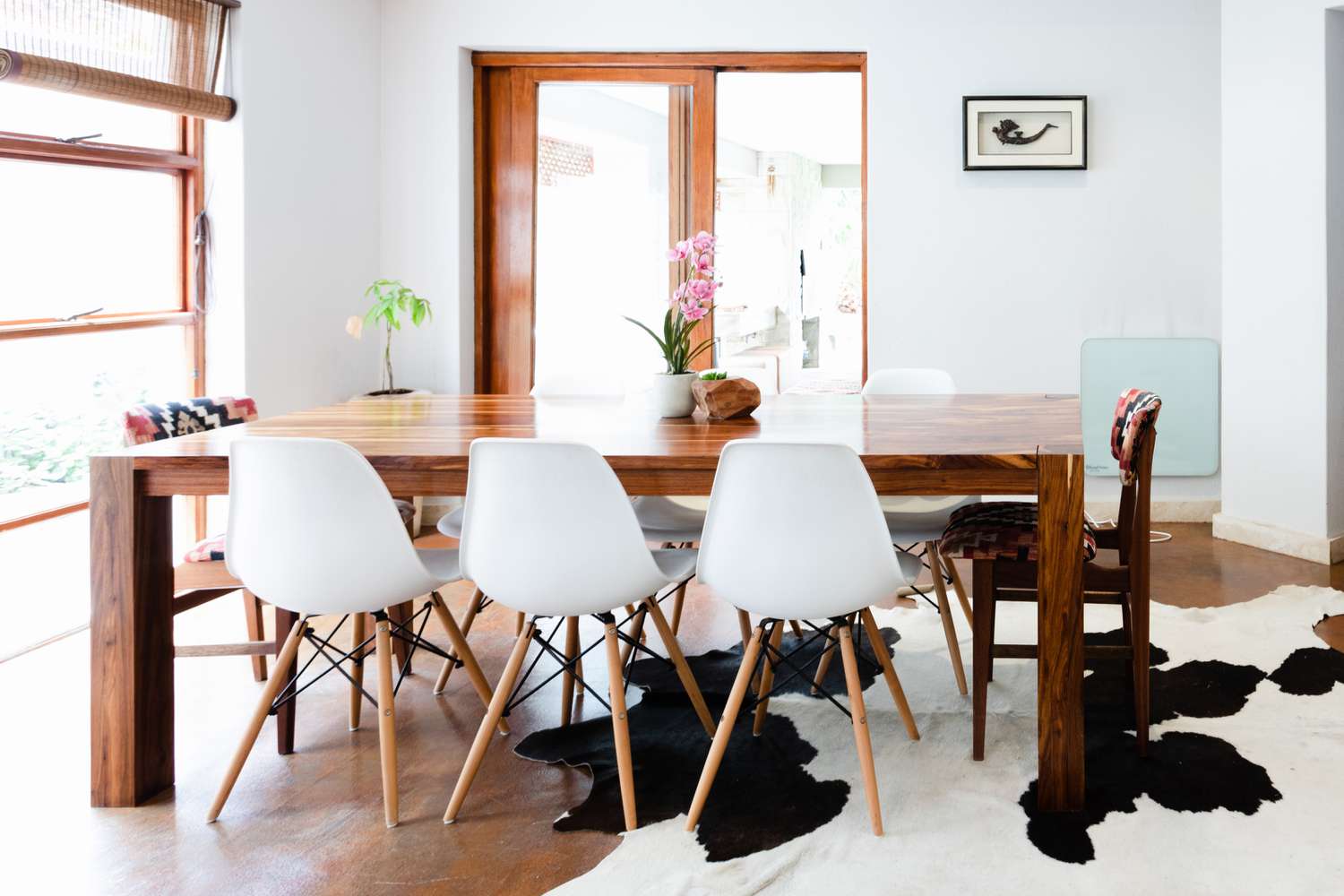
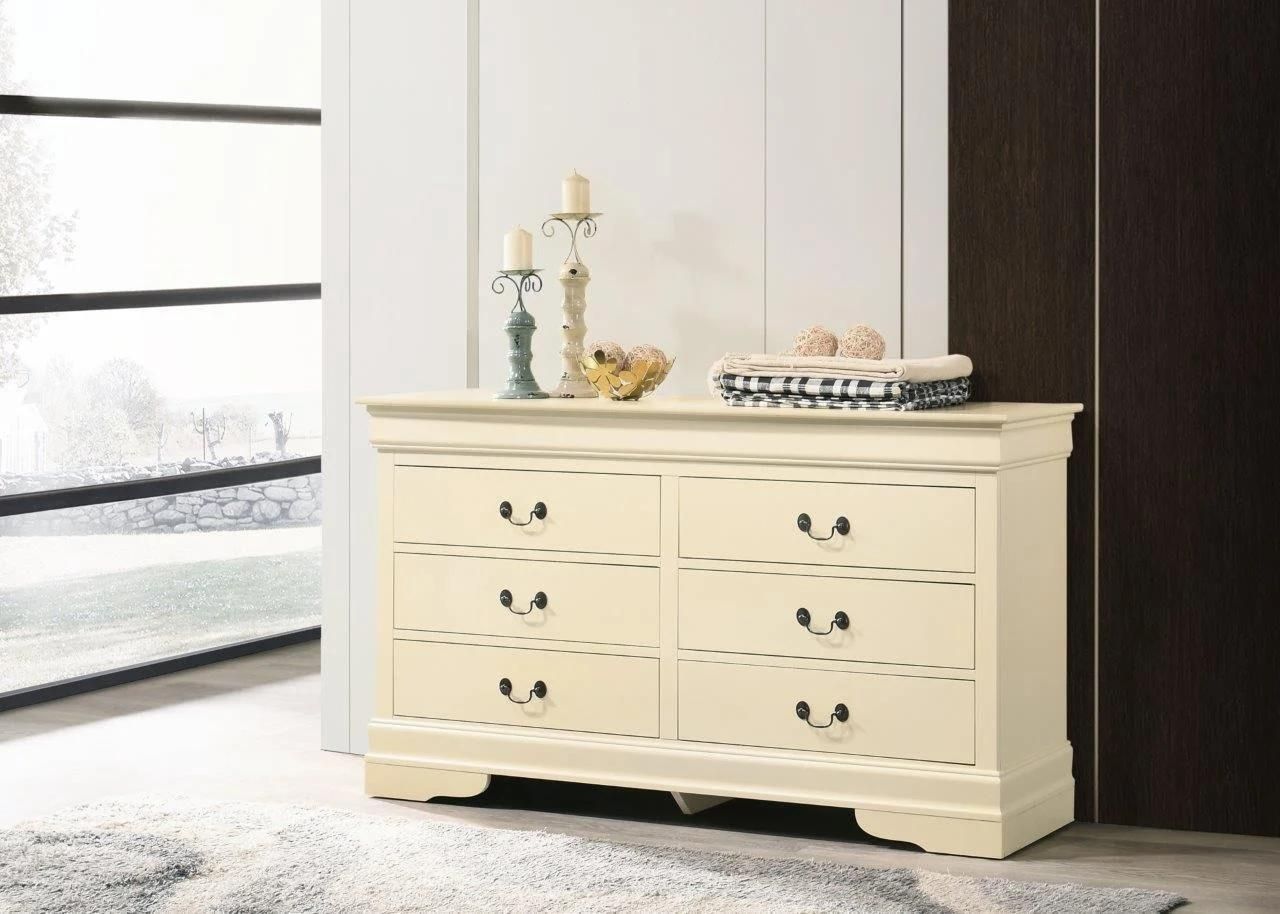
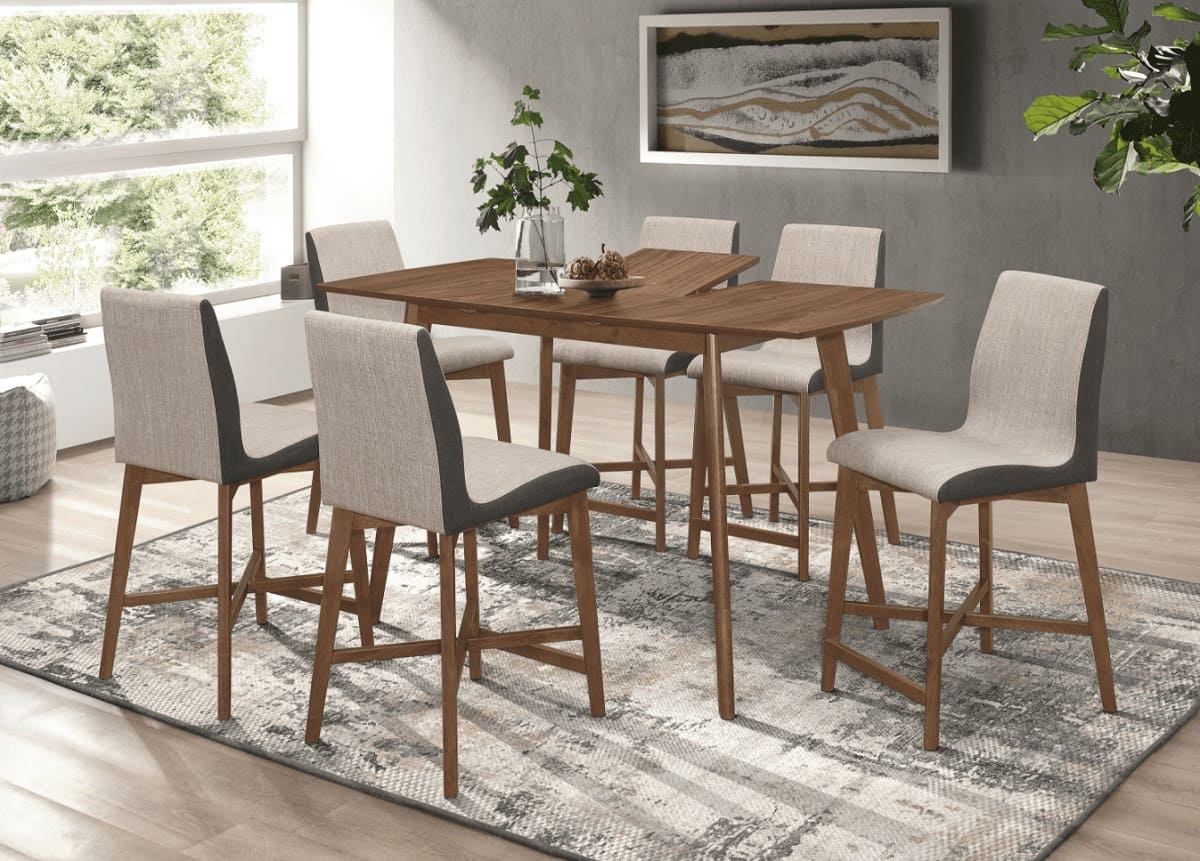
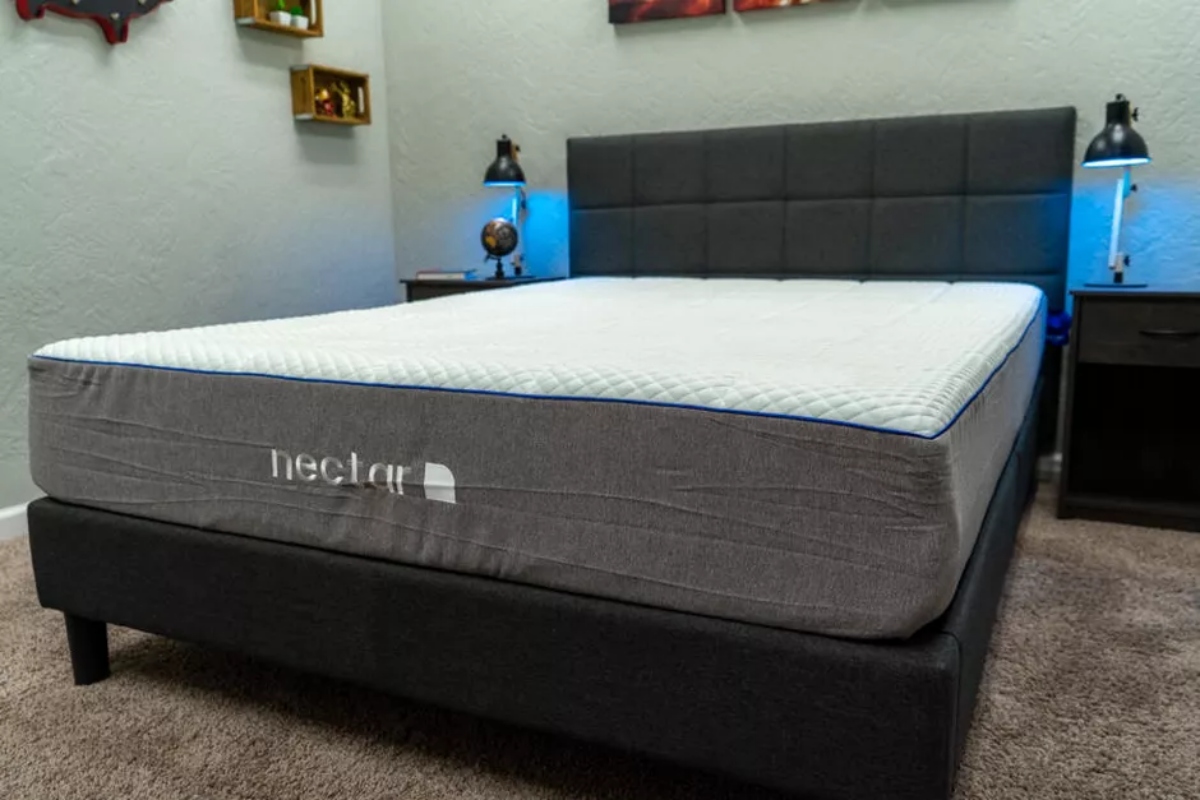
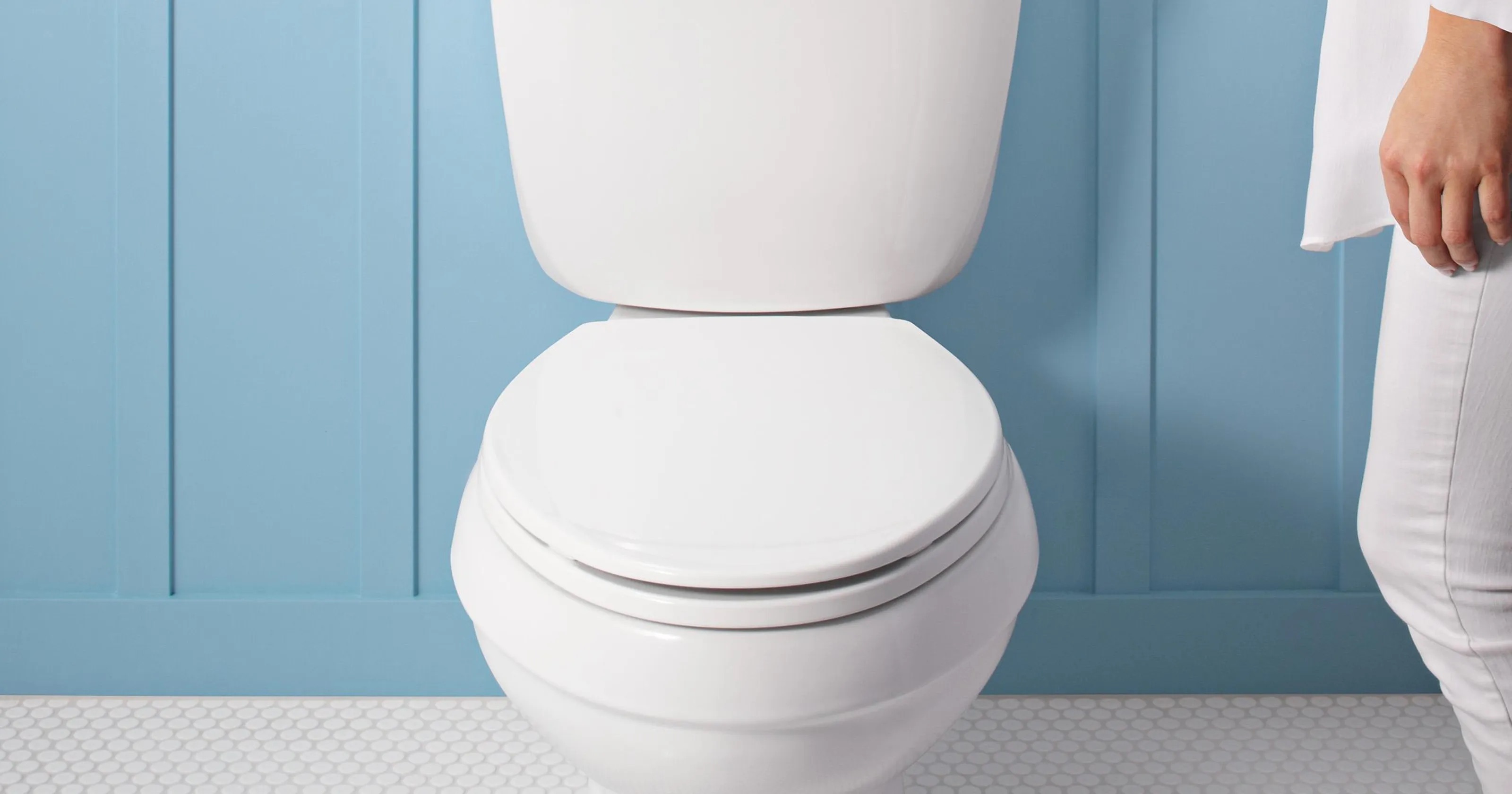
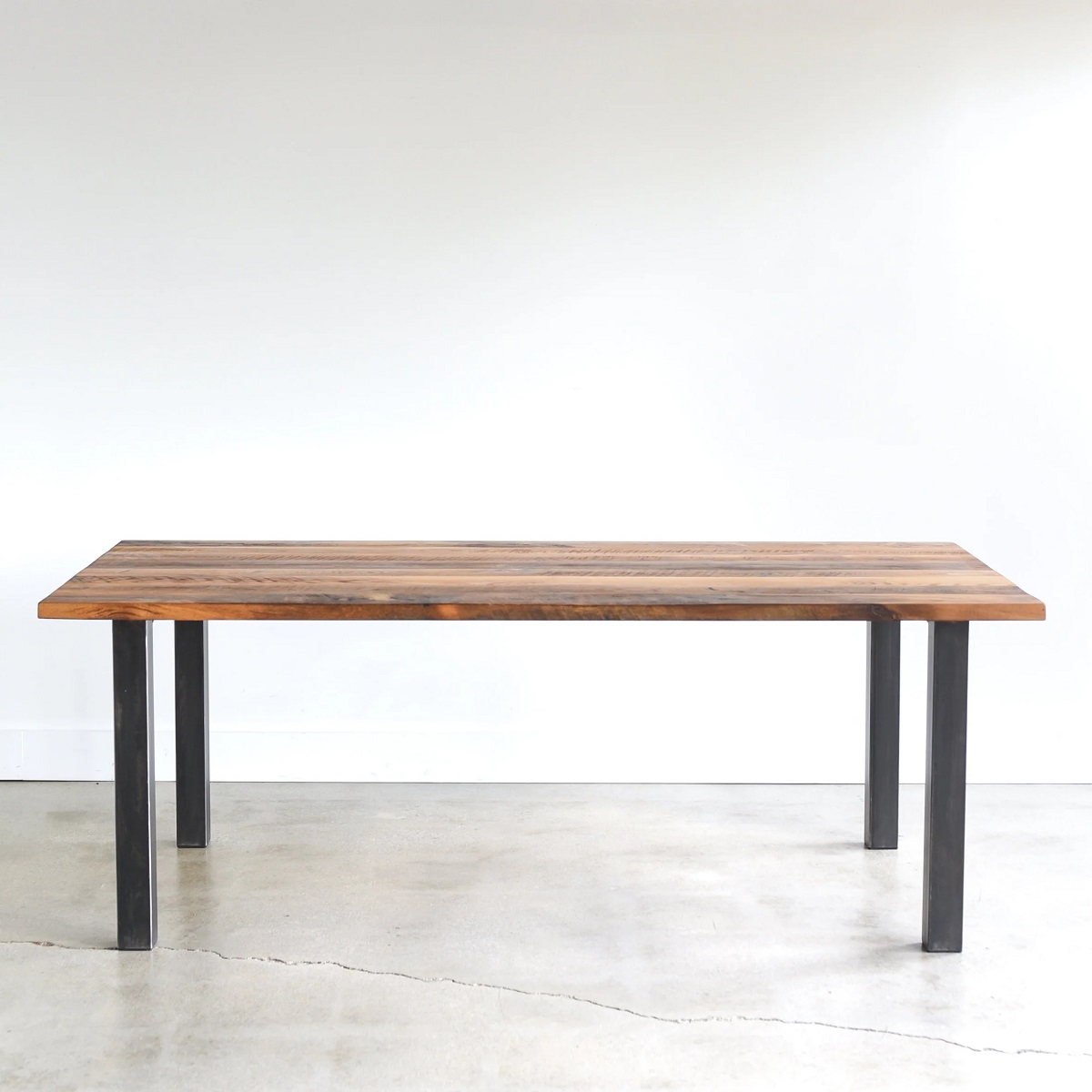
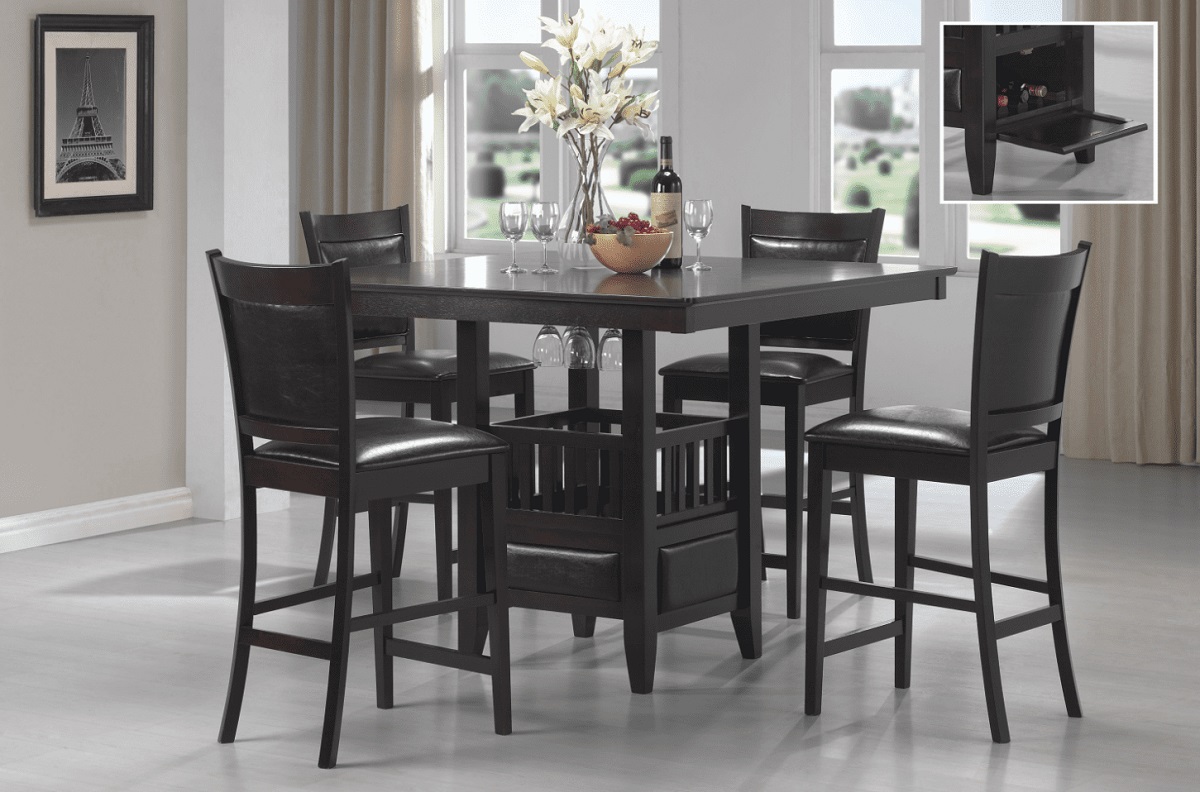
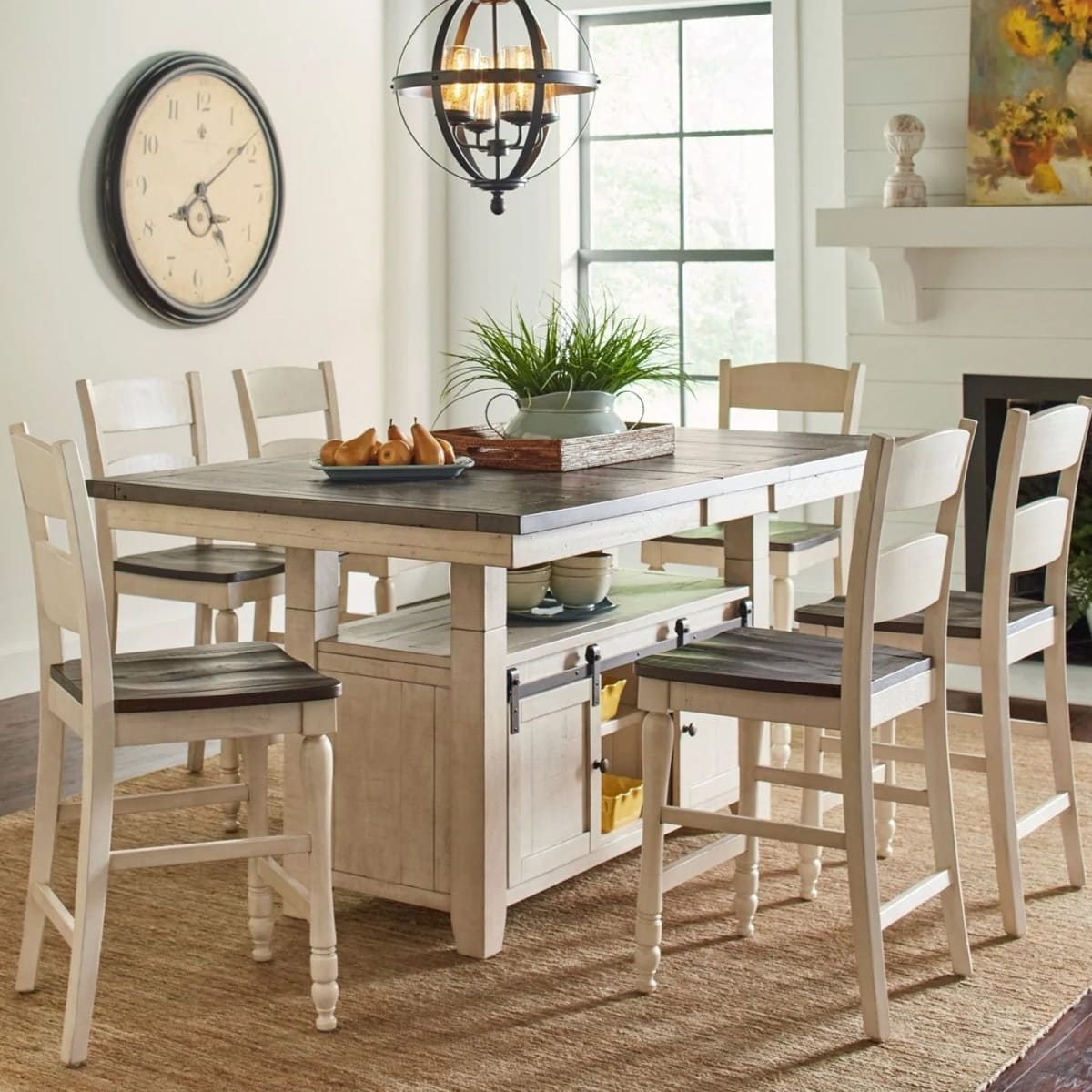
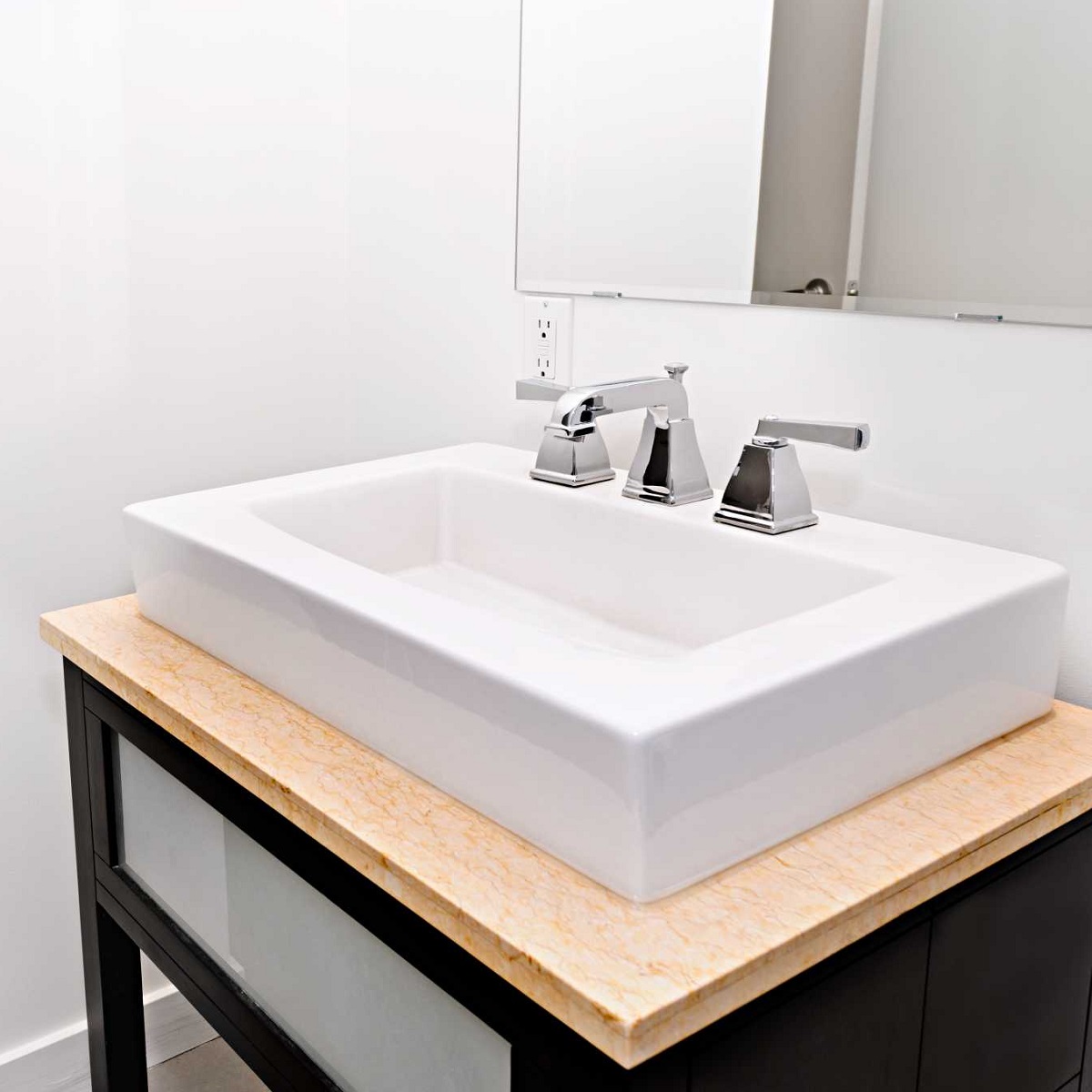
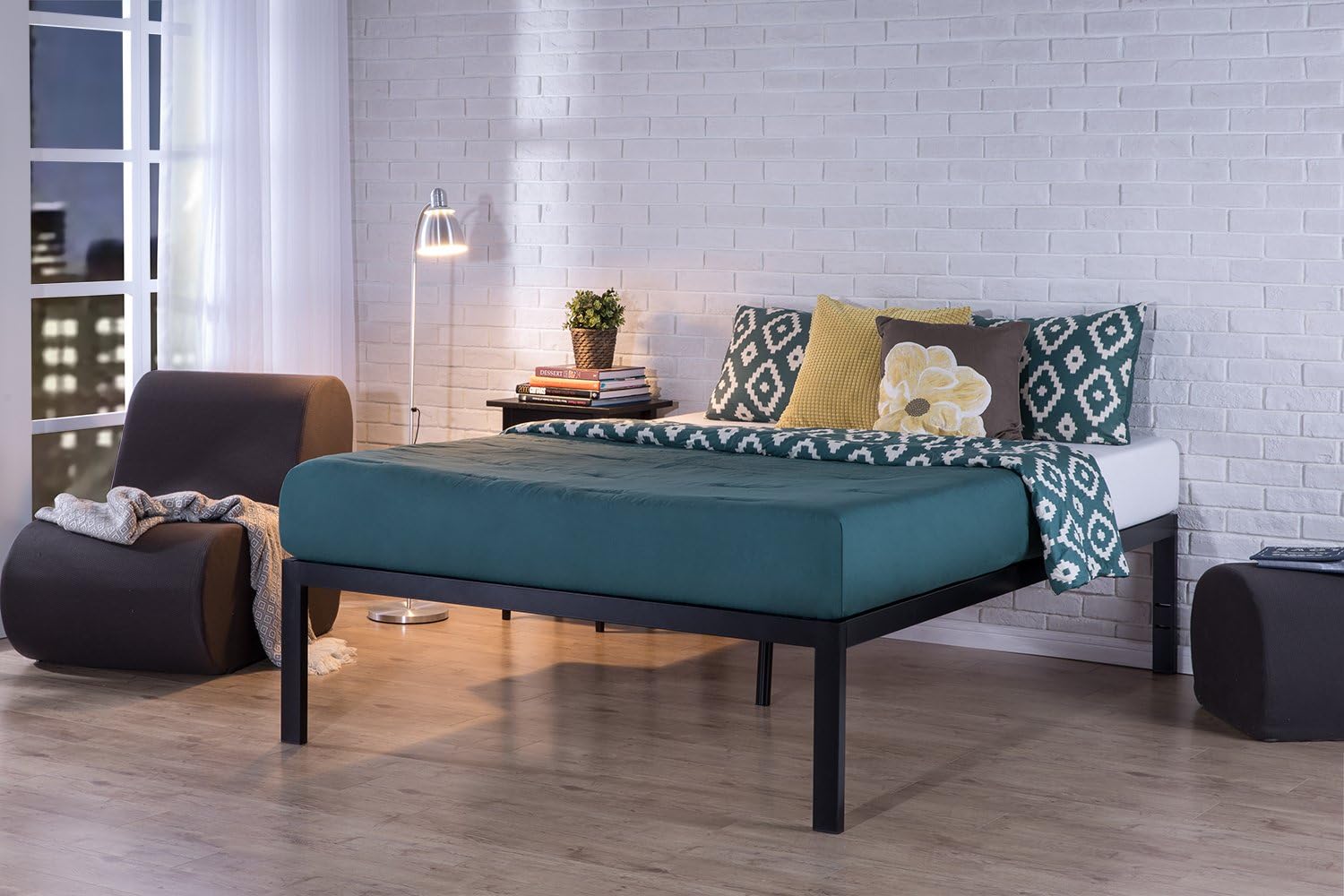

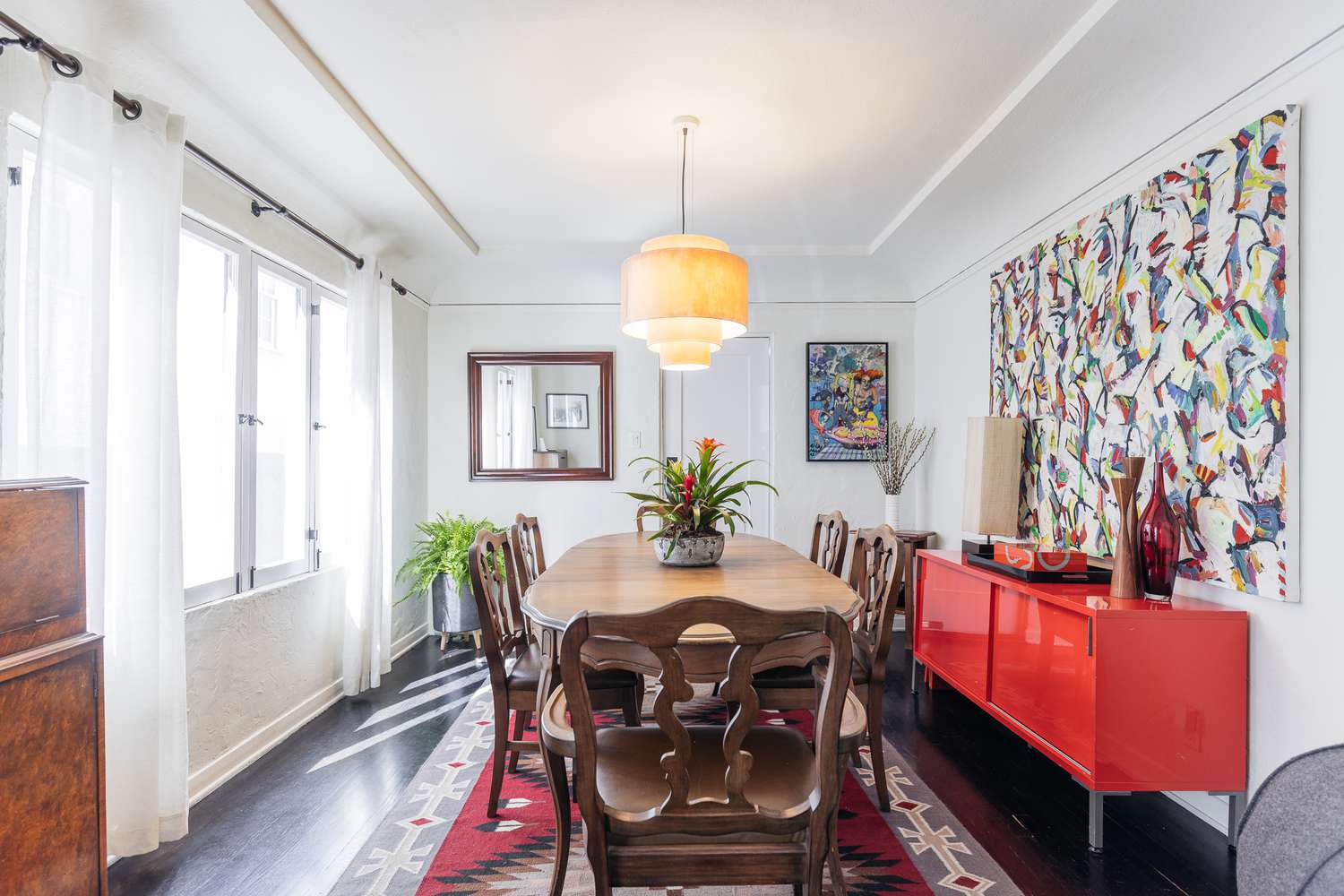
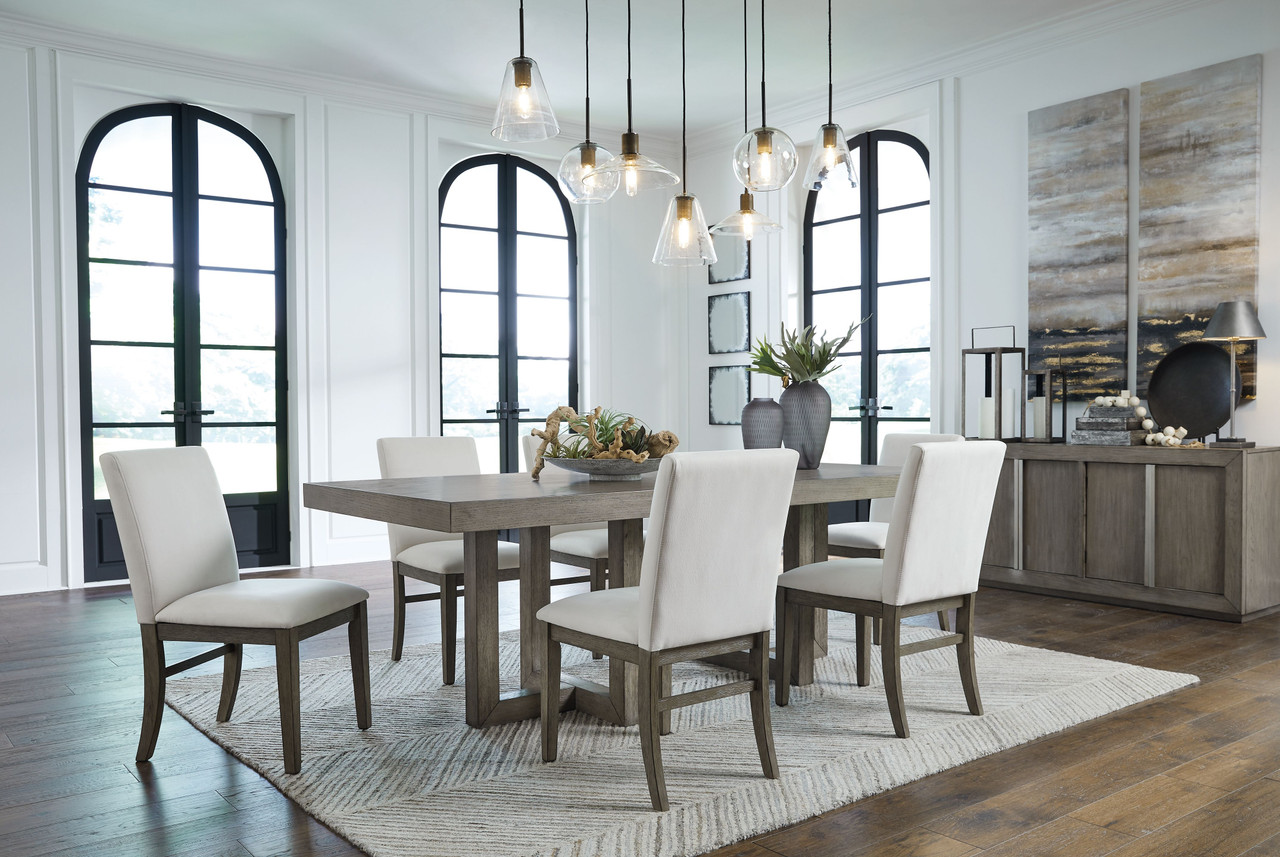

0 thoughts on “What Is The Standard Height Of A Dining Room Table”